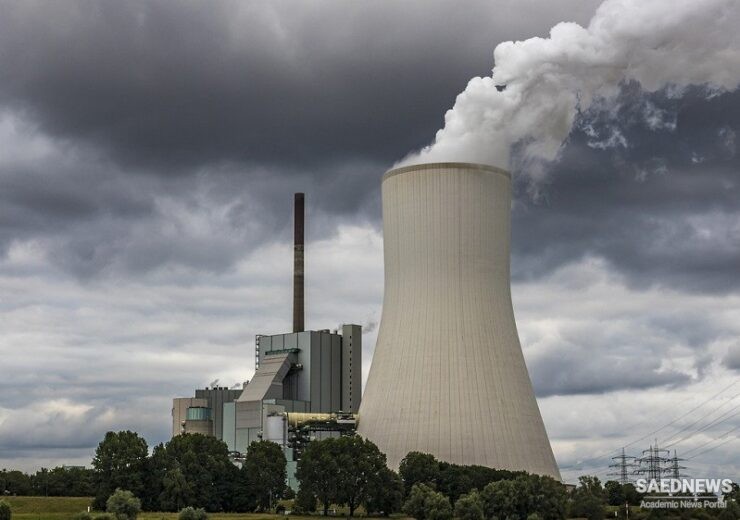In 1792 he succeeded in lighting part of his house at Redruth in Cornwall by gas produced by distillation of coal in an iron retort and washing the gas produced by passing it through water to remove some impurities. In bare essentials, the process has remained the same ever since. A few years later he joined the celebrated firm of Boulton and Watt and, although failing to enlist their help in securing a patent, installed a plant to produce gas for lighting their factory in 1802. Other factories received the same treatment and in 1808 Murdock was awarded the Rumford Gold Medal.
He had been helped by the chemist Samuel Clegg, who, on leaving the firm, carried out installations in other factories and in 1811 the first non-industrial establishment to receive gas lighting, Stonyhurst College, the Jesuit seminary and school in Lancashire. Meanwhile in France, Philippe Lebon had made a striking demonstration of gas lighting, using gas from wood distillation, although the patent granted him in 1799 envisaged coal gas. His efforts were cut short by his untimely murder in 1804.
So far, there was no plan for large central plants serving a whole neighbourhood; indeed Watt, Murdock and later Sir Humphry Davy, no less, opposed the idea. This larger concept was first developed by the flamboyant Friedrich Albrecht Winzer, anglicized to Winsor, who, failing to stimulate interest in Germany, migrated to England in 1803 and was soon giving striking demonstrations of gas lighting. In 1807 he lit one side of Pall Mall in London from an installation in his house there. Winsor knew little chemistry but was energetic in urging his ideas of large central installations serving a wide area.
Parliament eventually, in 1812, approved a more modest scheme than the one he originally had in mind and the Gas, Light and Coke Company came into being. After an uncertain start, Clegg joined it as Chief Engineer in 1815. He made a number of important contributions to the development of the industry; for example, he invented the gasholder, and introduced lime washing to remove hydrogen sulphide and sulphur from the gas. The demand for gas lighting was immediate and widespread; by 1820 fifteen of the principal cities of England and Scotland were equipped with it and at mid-century hardly a town or village of any consequence lacked a gas supply. Other countries soon followed suit.
The method of production remained in principle that devised by Murdock, but improvements in detail raised quantity and quality. The horizontal oven or retort remained supreme until after 1890 and in places survived until the end of coal gas in Britain in the 1960s. Iron retorts had some advantages but a short life and after 1853 gave way to clay retorts. In the 1880s, the inclined retort was introduced and soon after 1900 the vertical, together with mechanical handling of solid charge and product and improved treatment of the gas. By the end of the century a rival had appeared, electric light (see Chapter 6), but two innovations enabled gas lighting to keep its place for a while longer—the incandescent mantle produced by Welsbach in 1887, using the property of rare earth oxides to glow brightly in a gas flame, and the penny-in-the-slot meter introduced by Thorp and Marsh in 1889; this increased the number of potential customers by bringing gas lighting within reach of the working classes.


 Coal
Coal














































